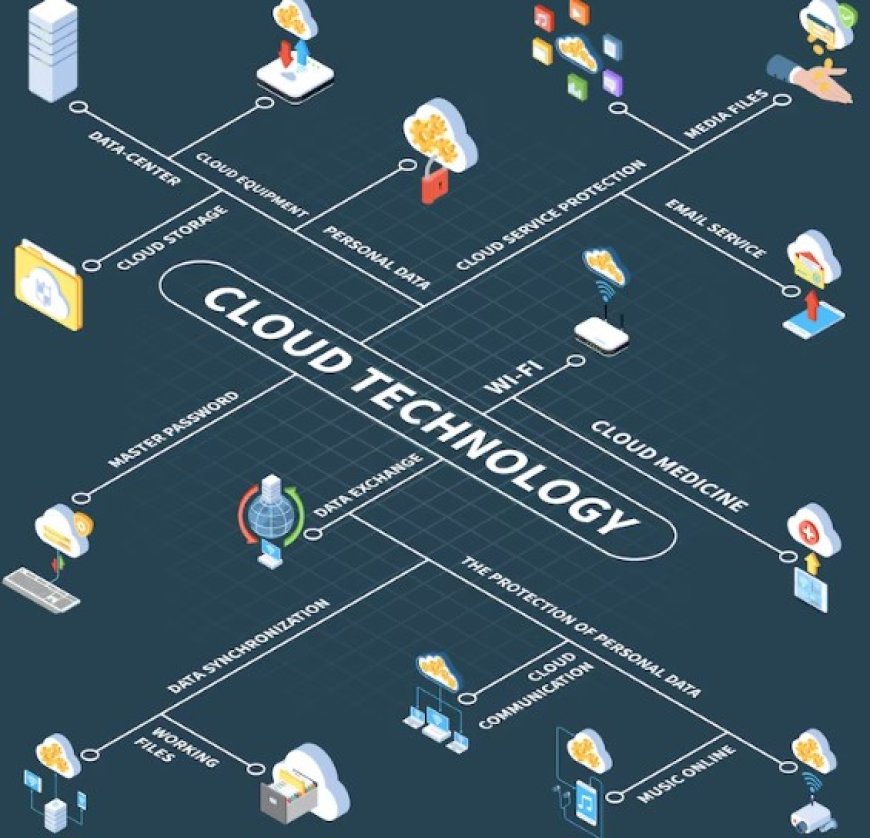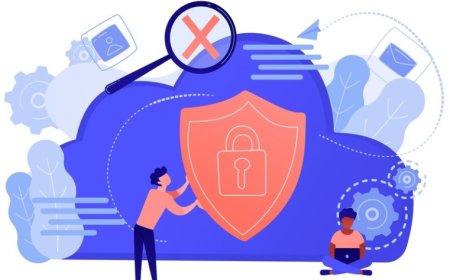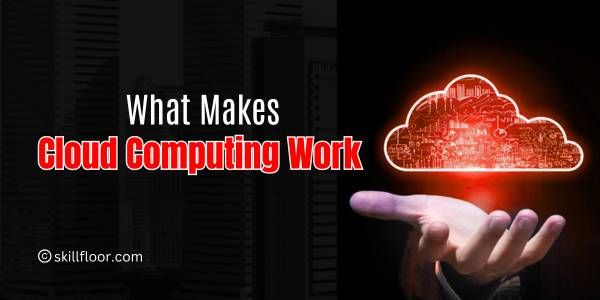The Cloud Revolution: Current Trends in Cloud Computing
Discover the future of cloud computing. Explore current trends and innovations shaping the cloud revolution. Stay ahead in the digital era.

Welcome to the era of cloud computing, where businesses and individuals are reaping the benefits of scalable, flexible, and cost-effective IT infrastructure. As technology continues to advance at a rapid pace, it is crucial to stay updated on the latest trends in cloud computing. In this blog, we will explore the emerging trends that are reshaping the digital landscape and revolutionizing the way we utilize cloud services. So, fasten your seatbelts and get ready to embark on a journey through the exciting world of cloud computing trends!
Hybrid and Multi-Cloud Environments
In today's dynamic business environment, organizations are increasingly adopting hybrid and multi-cloud strategies. Hybrid cloud combines on-premises infrastructure with public and private clouds, providing greater flexibility and allowing businesses to leverage the benefits of both worlds. Multi-cloud, on the other hand, involves utilizing multiple cloud providers to meet specific requirements. These approaches offer improved scalability, redundancy, and cost optimization, enabling organizations to design robust and tailored cloud architectures.
Serverless Computing
Gone are the days when businesses had to worry about managing servers and infrastructure. Serverless computing, also known as Function-as-a-Service (FaaS), allows developers to focus solely on writing and deploying code without the hassle of managing servers. It enables organizations to scale their applications automatically, pay only for the resources they consume, and reduce operational overhead. With serverless computing, innovation is accelerated, and time-to-market is significantly reduced.
Edge Computing
As the Internet of Things (IoT) continues to expand, the need for low-latency and real-time processing becomes critical. Edge computing brings computation and data storage closer to the source of data generation, reducing latency and bandwidth requirements. It enables organizations to process and analyze data at the edge of the network, resulting in faster response times, improved user experiences, and reduced reliance on centralized cloud infrastructures.
Artificial Intelligence and Machine Learning
Artificial Intelligence (AI) and Machine Learning (ML) are transforming industries across the board, and their integration with cloud computing is revolutionizing data analytics and decision-making. Cloud-based AI and ML platforms provide scalable computational resources and powerful algorithms, allowing businesses to leverage advanced analytics, predictive modeling, and automation. These technologies enable organizations to gain valuable insights from large volumes of data, enhance customer experiences, optimize operations, and drive innovation.
Containers and Kubernetes
Containers have emerged as a popular method for packaging and deploying applications. They offer lightweight, isolated environments that can run consistently across different operating systems and cloud platforms. Kubernetes, an open-source container orchestration platform, simplifies the management and scaling of containerized applications. By utilizing containers and Kubernetes, organizations can achieve faster deployment, increased scalability, and efficient resource utilization.
Blockchain and Cloud Integration
Blockchain technology, known for its decentralized and secure nature, is finding its way into cloud computing. The integration of blockchain and cloud platforms offers enhanced security, transparency, and trust in various applications, such as supply chain management, financial transactions, and data sharing. By combining the strengths of blockchain and cloud computing, organizations can ensure the integrity and immutability of data while benefiting from the scalability and accessibility of the cloud.
Whether you are a business owner, an IT professional, or simply someone interested in technology, keeping up with the latest cloud computing trends is crucial. These trends represent the future of cloud computing and hold immense potential for driving innovation and improving efficiency in various industries.
Hybrid and multi-cloud environments offer organizations the flexibility to design cloud architectures that best suit their needs. By combining on-premises infrastructure with public and private clouds, businesses can optimize costs, achieve scalability, and ensure redundancy. This approach allows for seamless integration of different cloud services and empowers organizations to leverage the strengths of multiple cloud providers.
Serverless computing is revolutionizing application development and deployment. With serverless architectures, businesses can focus on writing code without the need to manage servers. This approach accelerates innovation, reduces operational overhead, and enables automatic scaling based on demand. It is a game-changer for organizations looking to bring their applications to market quickly and efficiently.
Edge computing addresses the need for real-time processing and low-latency applications in the era of the Internet of Things (IoT). By processing data closer to its source, organizations can reduce latency, improve response times, and enhance user experiences. Edge computing is particularly valuable in industries such as manufacturing, healthcare, and transportation, where real-time decision-making is critical.
The integration of artificial intelligence and machine learning with cloud computing opens up new possibilities for data analytics and decision-making. Cloud-based AI and ML platforms provide scalable computational resources and powerful algorithms, enabling businesses to gain insights from vast amounts of data, automate processes, and deliver personalized experiences to customers.
Containers and Kubernetes simplify the deployment and management of applications. Containers provide a lightweight, portable, and consistent environment for running applications, while Kubernetes orchestrates and scales these containers. This combination allows organizations to achieve faster deployment, increased scalability, and efficient resource utilization, making it easier to develop and maintain complex applications.
The integration of blockchain and cloud computing offers enhanced security and trust in various applications. Blockchain's decentralized and immutable nature ensures the integrity of data stored in the cloud, making it suitable for industries where data security and transparency are paramount, such as supply chain management and financial transactions.
In Additon to the above context, Cloud computing trends are rapidly shaping the future of technology and revolutionizing various industries. The adoption of hybrid and multi-cloud environments allows organizations to optimize costs, achieve scalability, and leverage the strengths of multiple cloud providers. Serverless computing accelerates application development and deployment by eliminating the need to manage servers. Edge computing addresses the need for real-time processing and low-latency applications, particularly in the IoT era. The integration of AI and ML with cloud computing enables businesses to gain insights from vast amounts of data and deliver personalized experiences. Containers and Kubernetes simplify application deployment and management, while blockchain integration enhances security and trust in cloud-based applications. By embracing these trends, organizations can stay competitive, optimize operations, and deliver exceptional experiences to customers. Cloud computing continues to evolve, and staying informed about these trends is crucial for businesses looking to leverage the power of the cloud and drive innovation in the digital age.



























































